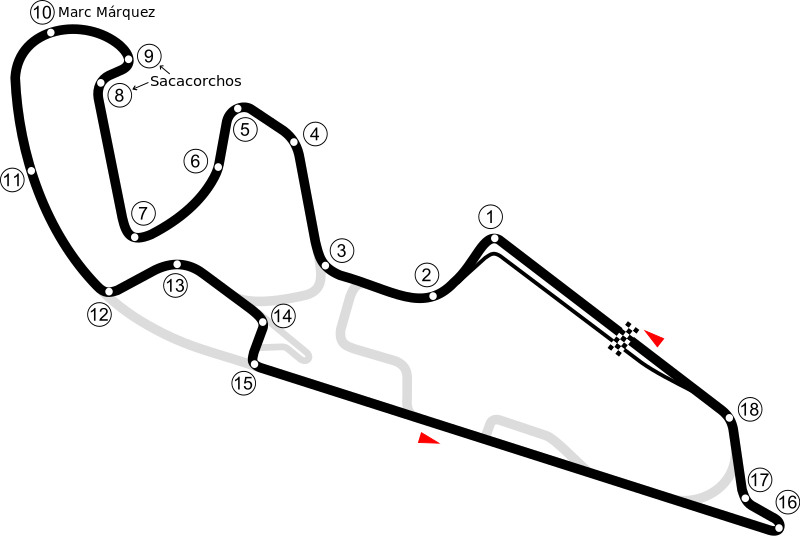A couple and bits and pieces from Arnout's thorough run-through of the route.
- The Viana finish, though still a sprint, is on a shallow uphill incline. It was featured in the 2010 Vuelta al País Vasco, with Alejandro Valverde proving the victor in a messy sprint against Óscar Freire. However, Óscar was not peaking and the sprinting fields in País Vasco are understandably thin, so I would expect this still to be won by a sprinter, but it might be more like Sutton's win in Orihuela last year than a Cavendish romp.
- The run-in to Eibar before Arrate isn't really flat per se, it's very hard to find that much pure flat in Gipuzkoa, but given that they've categorised the Puerto de Vitória you can probably guess that these uncategorised ones aren't going to tail off all but the worst climbers. I'm still annoyed at how stupidly easy the Arrate stage is up until then. Just a half decent lead in climb like Kanpazar or Karabieta and you'd have bigger gaps there than on the godawful stage to Valdezcaray.
- The Logroño stage should be the same circuit, but one lap against the clock.
- Motorland Aragón is probably Tilke's best work. Features some interesting off-camber corners.
- I wish the Andorra stage had a couple more climbs to open it up, like La Rabassa or Ordino, just to put a bit more in the riders' legs. Then again, the one-climb stage to Pal in 2010 was really good, when it had every right to suck.
- I may be wrong, but I think the categorised climb on Montjuïc is the other side of the park - the climb used in the old Escalada de Montjuïc race and in the 2010 Volta a Catalunya. After descending from this the riders will finish on the same rise from Plaza España up to the Olympic complex that was used in the 2009 Tour, which isn't worth categorising. The Tour run-in was wide and flat, whereas with the small climb just before the rise up to the finish, this stage might be tougher to control, and while I wouldn't expect GC gaps unless someone goes and does a Frank Vandenbroucke-in-Ávila job on it, it has the potential to be pretty exciting.
- Purito would seem to be the favourite at Ézaro, but we ought to bear in mind that the stage before then may see echelon action, and Purito's not got the best record in them (understandable given his size). Hard to win the stage from two minutes behind the péloton.
- Barredo won on Covadonga in 2010; it is very frequently used (and is perhaps the Vuelta's signature climb in the way that Alpe d'Huez is the Tour's) however. This stage is about as good a leadup to it in the way of early climbs as possible, though, and I do feel that while I do like the climb, it's probably due a bit of a layoff from the Vuelta. They can still use it for Asturias or something like that.
- They've gone with three big MTFs in a row here, with Ancares, Lagos de Covadonga and Cuitu Negru. I am concerned, therefore, that with the difficulty of the Cuitu Negru finish, that the other two may be raced overly conservatively... and then the action limited to the last 5-6km on Cuitu Negru too. I'm recalling 2009, when the riders finished on Velefique, Sierra Nevada and La Pandera on consecutive days, and they rode Velefique like a group ride, except for some short late digs for a few seconds from Mosquera and Gesink, because everyone was worried about leaving themselves short of energy for the difficult stages to come.
- Fuente Dé is a really awful choice for a finish. There's a short steep hill outside Potes they use in the Circuito Montáñes, there's Cueva el Soplao round the corner, why Dé?!
- Mosquera and Nibali's epic duel in 2010 wasn't really going from the bottom per se, since the Bola is an extension of the Navacerrada climb. Mosquera went from the bottom of Bola in that he went from the top of Navacerrada, however the steep gradients, fan pressure and concrete surfaces really made those last few kilometres seem like time was standing still, especially with time gaps being sporadic and my ridiculous Mosquera cheerleading.






























